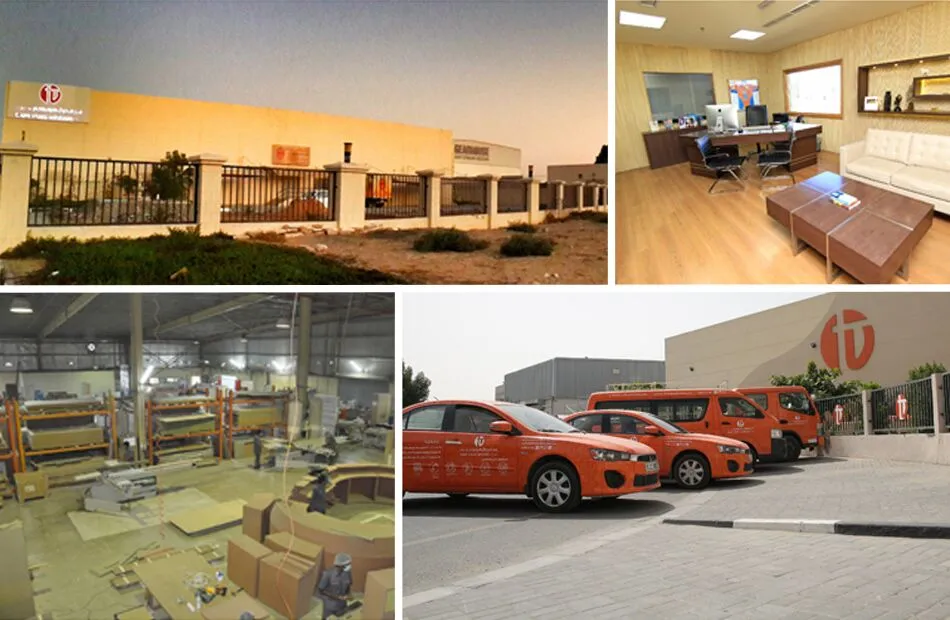
What Is The Metal Fabrication Process – A Detailed Analysis
Metal fabrication is the process of creating metal structures, components, and assemblies from raw materials. This process involves a series of complex techniques and methods that shape and form metal into a desired design. Whether it’s for industrial machinery, construction materials, or consumer products, metal fabrication is a cornerstone of modern manufacturing. Understanding the key stages of this process helps in grasping the precision and expertise required to create high-quality metal products.
Step 1: Designing and prototyping:
The first step in metal fabrication is the design phase. Engineers and designers work together to create detailed blueprints and CAD (Computer-Aided Design) models of the desired product. These designs act as a roadmap, outlining the specifications, dimensions, and materials required for fabrication. For complex or custom jobs, manufacturers may create prototypes to ensure the product meets the client’s needs before full-scale production.
Step 2: Cutting:
Once the design is finalised, the next step is cutting the raw metal sheets, tubes, or bars into the required shapes and sizes. There are several cutting techniques employed in metal fabrication, including laser cutting, plasma cutting, and water jet cutting. These methods ensure precise and efficient cutting, reducing material wastage and ensuring accuracy. Traditional methods, such as sawing or shearing, may also be used depending on the type of metal and the complexity of the cut.
Step 3: Forming and bending:
After cutting, the metal needs to be shaped and formed into the desired geometry. This is typically done through bending or rolling processes. Machines like press brakes and rollers are used to bend the metal at precise angles without breaking or cracking it. These processes are key in creating curved or angled metal components used in various applications, from construction beams to automotive parts.
Step 4: Welding and assembly:
Welding is one of the most important stages in metal fabrication, where different pieces of metal are joined together to form a cohesive structure. There are various welding techniques, including MIG (Metal Inert Gas) welding, TIG (Tungsten Inert Gas) welding, and stick welding, chosen based on the type of metal and the desired strength of the weld. Once welded, the pieces may be assembled and fitted together to complete the product.
Step 5: Finishing:
The final stage in the metal fabrication process is finishing, which improves the appearance, durability, and functionality of the product. This may involve processes like sanding, polishing, painting, or applying a protective coating to prevent corrosion. Finishing ensures that the metal product is ready for its intended use and can withstand the environmental conditions it may face.